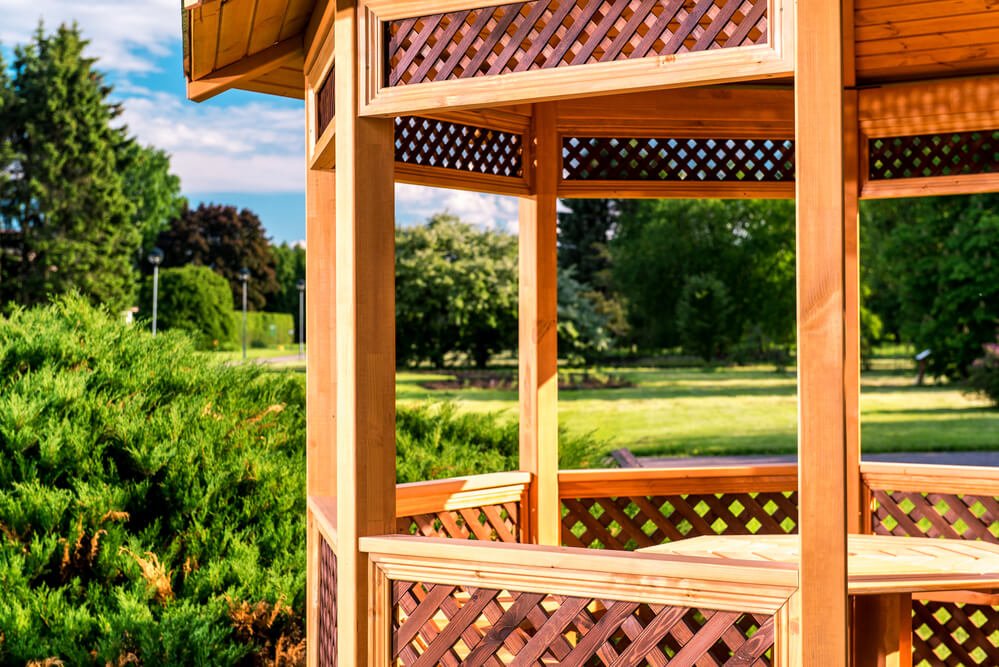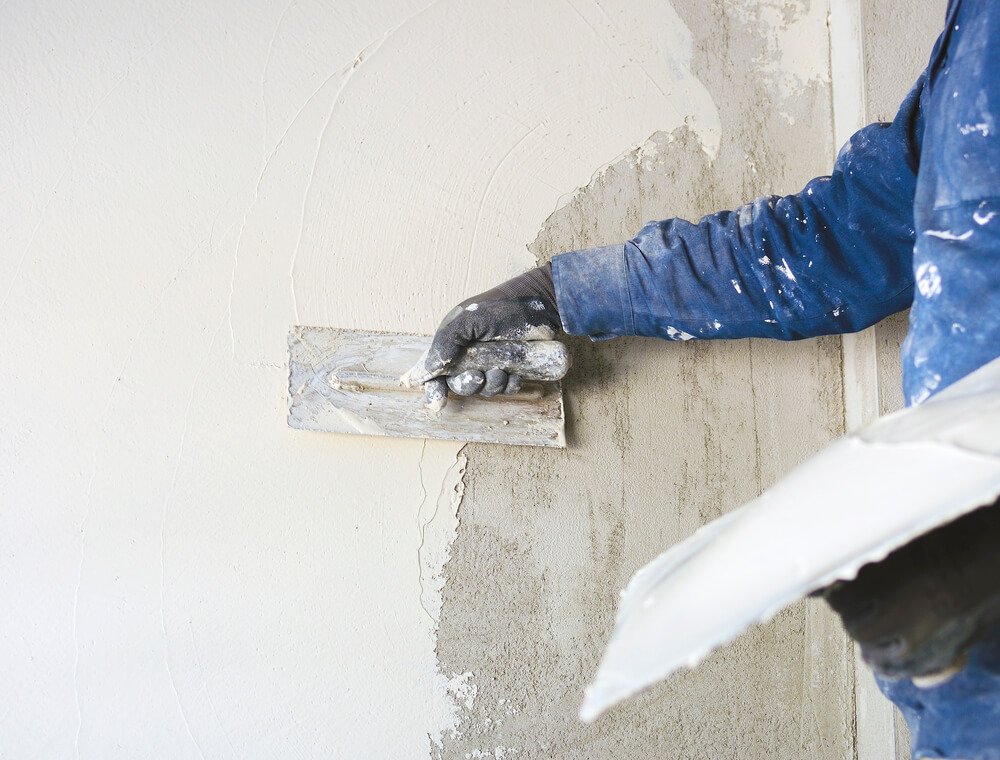
What is a Belvedere in Architecture?
It is a well-known fact that most people love to look at attractive sceneries, breathtaking landscapes, and gorgeous structures. The reason behind this is that the environment that these amazing views provide somewhat imparts a pleasant feeling that can instantly uplift our moods and makes us feel a little bit better about ourselves.
According to Couvaras Architects, professional builders in Sutherland Shire, what a lot of people don’t know is that there is an architectural structure that is used to enhance or maximize the impact of an existing scene, structure, or landscape. These architectural wonders that are erected over the roof of a building or constructed separately on a piece of land overlooking a scenic view are what we call belvederes.
What is A Belvedere?
According to Wikipedia, a belvedere is a raised architectural structure or tower that is usually constructed on the upper part of a building or built separately in an area that provides a good vantage point from a pleasant scenery.
The primary purpose of a belvedere is to take advantage of the beauty of a nearby scenic view by providing a place where people can enjoy it comfortably. A belvedere can be built using different forms of structures such as a cupola, a turret, a gazebo, or an open gallery.
History and Origin
The word belvedere has been used in the English language since the 1570s and based on the information provided by Merriam-Webster’s site, the term belvedere originated from the two Italian words “bel” and “vedere” which means beautiful and view.
The original function of a belvedere was to provide lighting and ventilation inside a dwelling. It served as an air conditioning unit that lets the hot air travel out of the dwelling, allowing fresh cool air to circulate in.
The earliest record of a belvedere construction was when Pope Innocent VIII commissioned the construction of a small pavilion above the Vatican Palace in the year 1484. This structure was later named Villa Belvedere, which became popular and initiated the trend of building belvedere structures in the 16th century.
Different Forms of Belvedere Structures
A belvedere structure can be constructed using different forms that include the following:
Turret
One of the most common belvedere forms used is the turret. A turret is an architectural structure that resembles a small tower that extends vertically from a building’s wall.
This type of belvedere structures are usually seen on medieval castles and was initially used for the purpose of projecting a military defensive position. Nowadays, it is used for aesthetic purposes and is commonly found in structures that integrate a Scottish Baronial architectural style.
Cupola
Another belvedere form that is commonly seen today is the cupola. A cupola is a small, dome-like architectural structure that is usually constructed on top of a tall building. It features a dome or a large roof and it is normally used as a viewing deck and a source of fresh air and lighting.
The design of the cupola evolved from the older oculus structure of the Renaissance period. Its term was derived from the Latin word cupula, which means a small cup.
Gallery
A gallery is an architectural structure that is described as a covered passage that has one open side. It is a narrow platform or balcony that runs from wall to wall to provide passage and to connect fortifications.
Gazebo
A gazebo is a form of belvedere that is typically a pavilion structure that serves as a subsidiary building that is either attached to the main construction or positioned separately. It is often built inside a garden, park. or any spacious public area.
Gazebos are often associated with beauty and pleasure and are usually turret-shaped or octagonal in design.
Popular Belvedere Structures
Blenheim Palace
The Blenheim Palace, located in Woodstock, Oxfordshire England, is a massive country house that was designated as a World Heritage Site by UNESCO in 1987. It features beautiful belvedere stone towers that are decorated with attractive finials.
It is the only non-episcopal and non-royal country house in England that serves as the primary residence and home of the Duke of Marlborough.
Pashkov House
The Pashkov House was the home of Moscow’s first public museum, the Rumyantsev. It is a mansion that has a neoclassical architectural design that is built on a hill overlooking the wall of the Kremlin (west side).
It features a belvedere structure located at the top of the building that is surrounded by elegant balustrade frames.
The Belvedere
Another form of belvedere structure is the historic Belvedere building complex located in Vienna, Austria. It is made up of two palaces (the lower and upper Belvedere), a stable, and the orangery.
It is the home of the Belvedere Museum and each of the palaces located inside the complex is considered to be a single belvedere structure.
Final Words
Integrating a belvedere structure in your home is a great way to make it more fresh, stylish, and elegant. Constructing one will definitely bring you more comfort and pleasure whenever you are enjoying the beautiful scenic view that surrounds your property.




